I knew before I headed to Saskatchewan that the sights there
were not of the knock-your-socks-off variety. But it’s there, so Warren must
go. A bit of online research suggested
the main things to see are the provinces two national parks and two main
cities. Besides those, there are numerous provincial parks and natural areas
around the province and also several smaller historic sites scattered about. I decided
to stop at two of those places between Saskatoon and Prince Albert.
A short distance north of Saskatoon, Wanuskewin is at the
top of several lists of top sights to see in Saskatoon and made all the list
for the province as a whole. Wanuskewin is a Native American (or First Nations,
as they say in Canada) site along a Opimihaw Creek near its confluence with the
Saskatchewan River. There is evidence of continuous inhabitation in the area
for about 6,000 years. Although not a UNESCO World Heritage site yet, Canada is
petitioning it for inclusion on the list in the 2025 session. They usually pick about 20 to 25 new natural
and cultural sites to add to the list each year.
So what makes Wanuskewin so special? There’s a large visitor center with museum
displays about the site, cultures, and lifestyles and also several miles of well—groomed
walking trails to spots of great cultural significance – bison jumps, sites of
summer and winter encampments, spots where bison were prepared after slaughter,
site of the northernmost known medicine wheel on the Great Plains, etc. From
the traveler’s perspective, I found it all a little underwhelming, but interest
to an average traveler is not what UNESCO bases its decisions on; there are
places of great cultural and historical interest or vast natural beauty that
UNESCO has declined to add to the world heritage list when they come up.
Meanwhile, there are plenty of places on the list that only a few tourists
would ever have any interest in going to.
What intrigued me most about Wanuskewin was the site’s restaurant. With a menu consisting largely of bison
dishes and other authentic Indian foods, I really wanted to try some things.
Bison liver and onions, perhaps, or a board of bison charcuterie? Alas, I was there in the morning and my walk
around the site was not enough to have worked off the Denny’s breakfast I had
before I arrived.
Also along the Saskatchewan River about halfway between
Saskatoon and Prince George is Batoche National Historic Site, also listed as
one of the top things to see in the province.
Again, though, there’s just not that much there. The visitor center has a decent museum with historical
artifacts from the site, and then there are several widely dispersed buildings
that can be visited - a church and
rectory, cemetery, and settlers homestead.
The story here is that there was a battle at Boatche during
the 1885 Northwest Rebellion. So why have I never heard of the Northwest
Rebellion? Because I’m American and we
don’t learn anything about Canadian history.
European history, yes; Canadian history, no. Back in 1885 Batoche was a settlement of
about 500 mostly Metis people, French-speaking mixed-race descendants for
European fur trappers and Native American/First Nations women. The locals in
Saskatchewan, both Metis and the Indian tribes like Cree and Assiboine,
believed the Canadian government was not upholding their rights and rebelled, a
rebellion that was put down by the RCMP (Mounties) with the last battle taking
place at Batoche in 1885. The Batoche site is now effectively uninhabited and
only a few buildings from the era remain.
It is now a very peaceful place.

 Rosthern, Saskatchewan, Canada
Rosthern, Saskatchewan, Canada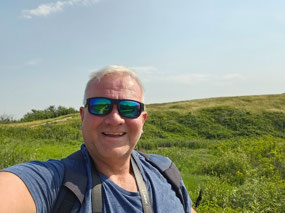
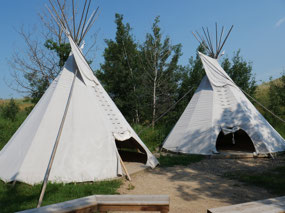
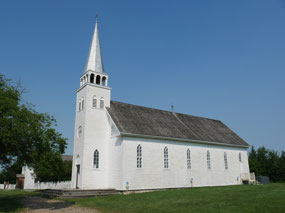


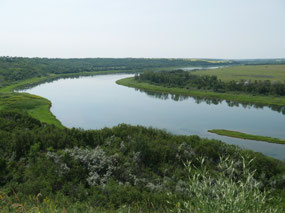
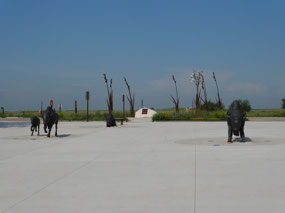
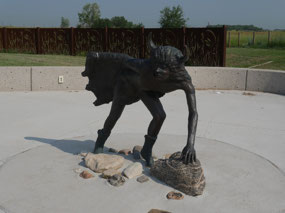
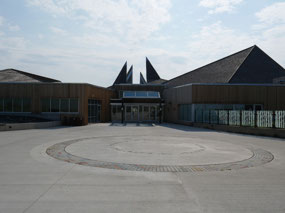
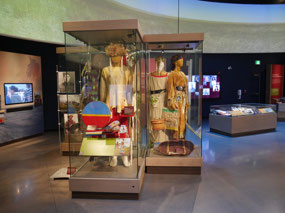

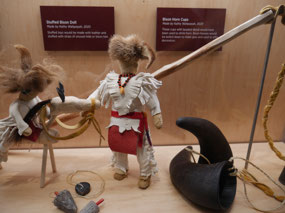
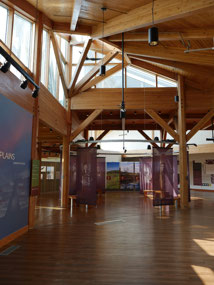
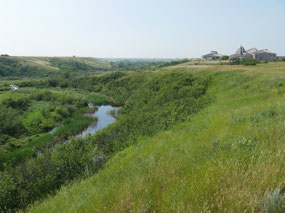
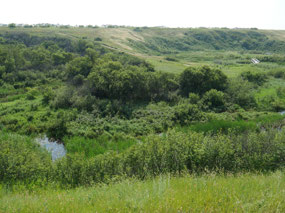
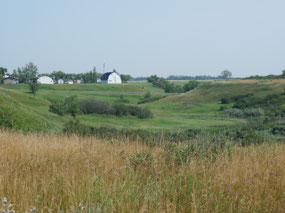
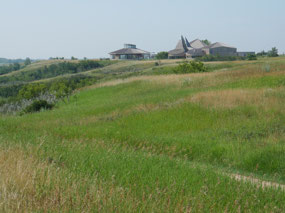
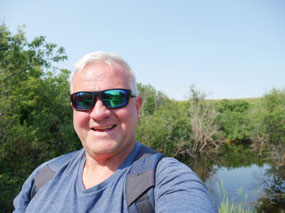
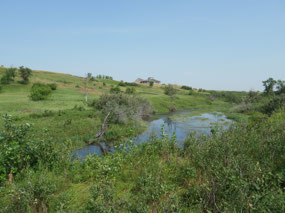


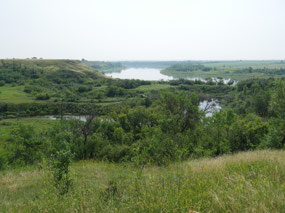

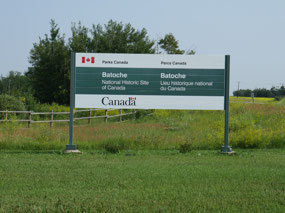
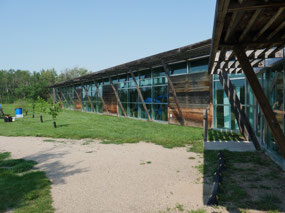
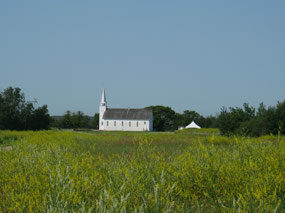
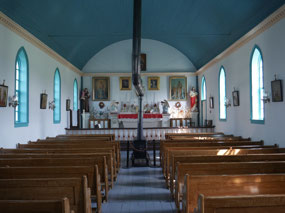
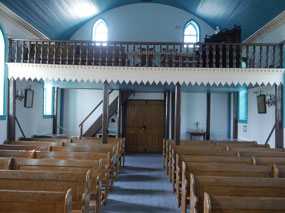
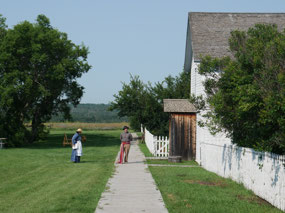
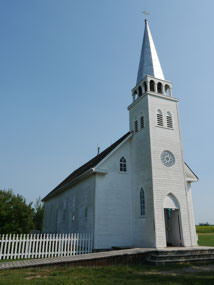
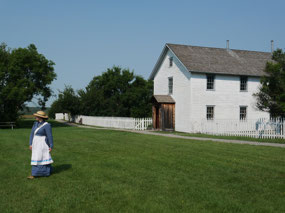

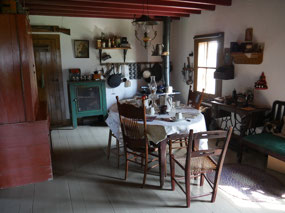
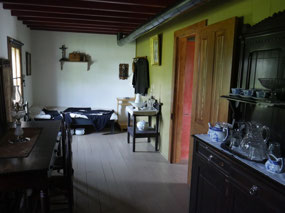
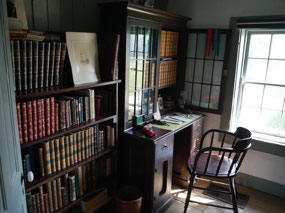
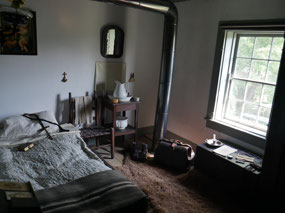
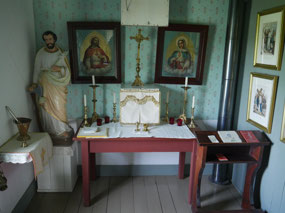
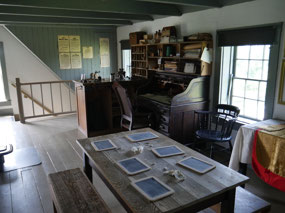
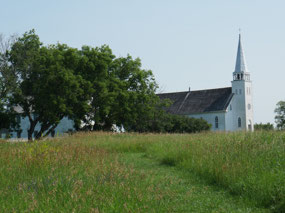
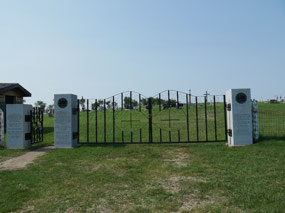
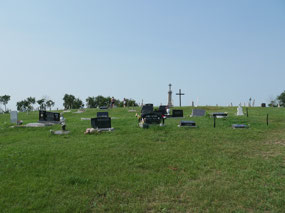
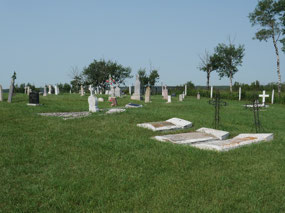
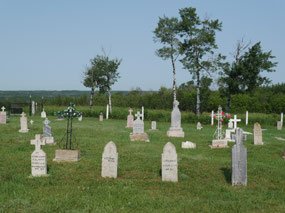
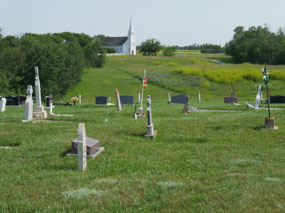
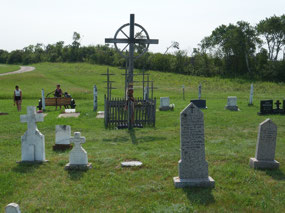


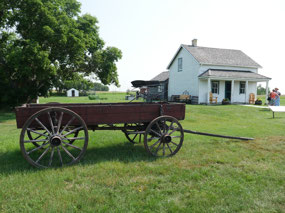
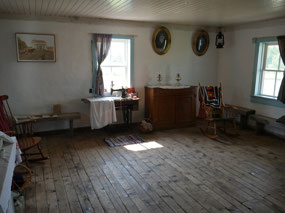
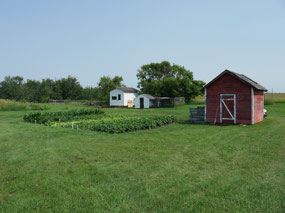
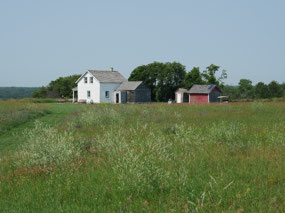
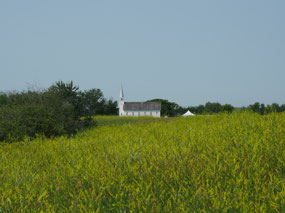
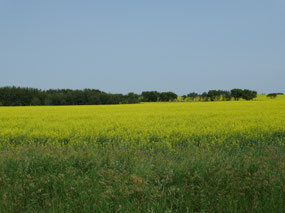
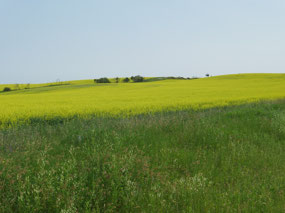

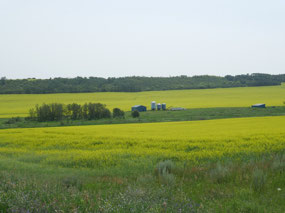
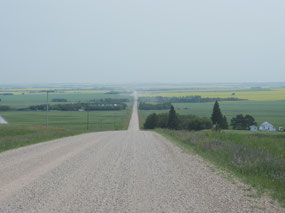
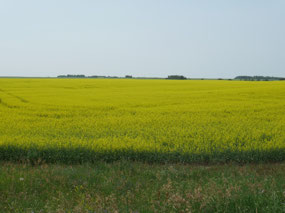
2025-05-22